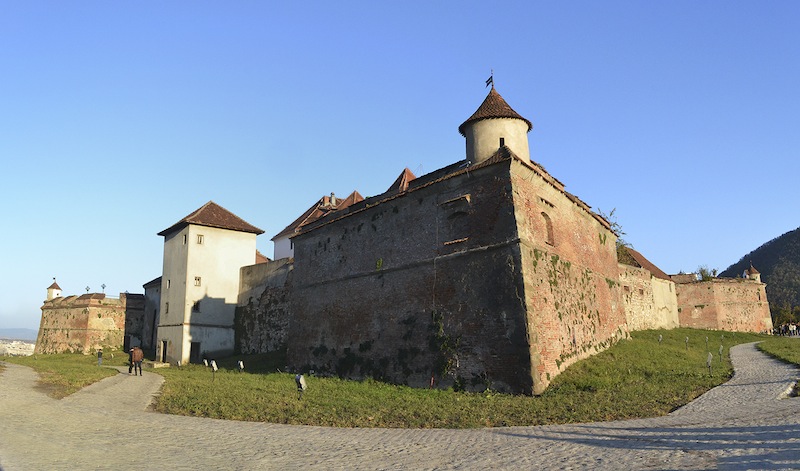At its meeting on Wednesday, the Bucharest government decided to transfer the Brasov citadel from the public property of the Romanian state to the public property of the Transylvanian city, Brasov mayor Allen Coliban announced on Wednesday.
"The citadel of Brassó belongs to the people of Brassó," said the mayor on his social media page, adding that the success is due to the city's population. According to the draft government decision published on the government's website, the state will hand over the historical fortress to the local government. The decision enters into force 60 days after its publication in the Official Gazette. He also mentions that the municipality should include the monument building rising towards the city in the tourist circuit.
At the beginning of the year, a dispute over the ownership of the Brasov citadel arose between the city's opposition leadership and members of the government in Bucharest, after the cabinet wanted to offer the fortress, which was transferred to the Ministry of Finance following a court decision, to the Ministry of the Interior or the Ministry of Education. The draft resolution on this matter was put on the agenda of the Bucharest cabinet in March, but was withdrawn due to pressure from the city management and the population. Adrian Caciu then stated that he is ready to negotiate with the Brasov municipality on the handover of the fortress.
In the middle of February, its previous owner, the hotel and catering company Aro Palace Rt., resigned from the fortress towering over Brasov in a statement sent to the Bucharest Stock Exchange (BVB). The company acquired the valuable monument building in the 1990s, and was forced to part with it after years of litigation, when the Romanian Supreme Court ruled that the property is the property of the state and will be transferred to the Ministry of Finance.
The Brasov municipality has emphatically indicated that it claims the imposing complex of buildings, which it would use for the benefit of the community, for cultural and touristic purposes.
The citadel was built in 1554-57, then rebuilt in 1618 after a fire. It stands at the top of the forested Fellegvár hill and can be approached via walkways. During Communism, the Securitate used it as a prison, then as an archive repository, and then as a medieval restaurant and weapons exhibition.
Source: MTI
(Header image: kastelerdelyben.ro )












